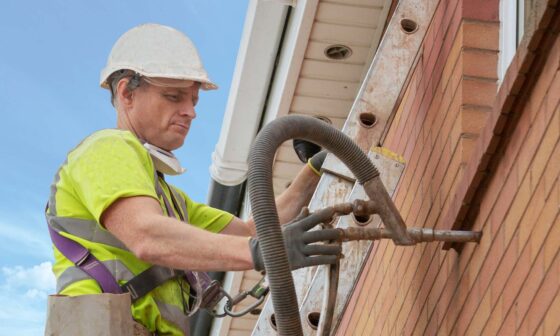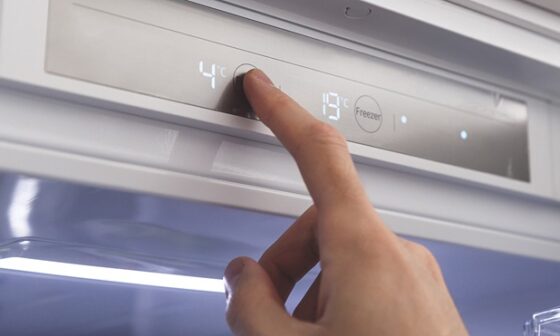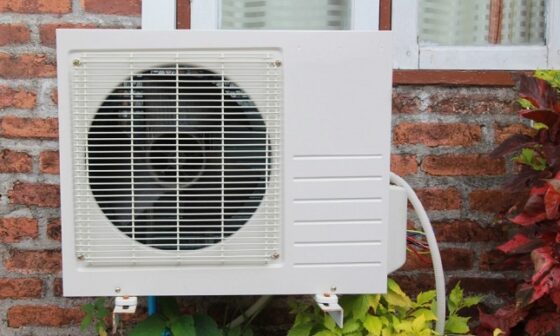Solar power has emerged as a sustainable and eco-friendly solution to meet our energy needs.
In the United Kingdom, where environmental consciousness is on the rise, many homeowners are considering solar panels as an alternative energy source. However, determining the right number of solar panels to power a house can be a complex task.
How Many Solar Panels to Power a House in the UK?

Solar panel systems come in various sizes and configurations, making it crucial to assess your energy needs accurately.
To determine the number of solar panels required to power your house, you should consider the following factors:
1. Energy Consumption
Before diving into the technicalities, it’s essential to understand your household’s energy consumption.
The more electricity you consume, the greater the number of solar panels needed to meet your requirements.
Take a look at your past utility bills to gauge your average energy consumption over a year. This data will serve as a valuable reference point for the solar panel calculation.
2. Geographic Location
The UK experiences varying levels of sunlight throughout the year due to its northern latitude. The region you reside in has a significant impact on the number of solar panels required to power your house.
Areas in the south, such as Cornwall or Kent, receive more sunlight and therefore require fewer solar panels compared to regions in the north, like Scotland.
3. Solar Panel Efficiency
Solar panel efficiency refers to the amount of sunlight a panel can convert into usable electricity.
Higher efficiency panels generate more power per square meter, meaning you may need fewer panels to achieve your desired energy output.
When selecting solar panels, prioritize those with higher efficiency ratings for a more cost-effective and space-efficient solution.
4. Available Roof Space
The amount of available roof space plays a crucial role in determining the number of solar panels you can install.
If you have a small roof or limited space due to obstructions like chimneys or skylights, you may need to opt for higher-efficiency panels to compensate for the reduced surface area.
5. Panel Orientation and Tilt Angle
The orientation and tilt angle of your solar panels affects their energy production. In the UK, south-facing roofs with a tilt angle between 30 and 40 degrees generally yield the best results.
East or west-facing roofs can also be viable options, albeit with a slight decrease in efficiency. Consult with a solar panel installer to determine the optimal orientation and tilt angle for your specific location.
6. Average Daily Sunlight Hours
To estimate the energy output of your solar panel system accurately, consider the average daily sunlight hours in your area.
The UK experiences an average of 3 to 4 hours of usable sunlight per day, which influences the energy generation potential of your panels.
The more sunlight hours you have, the fewer panels you’ll require to meet your energy needs.
Estimation Example: Determining the Number of Solar Panels for a House in the UK
Let’s take an example to illustrate this process. Suppose you live in a southern region with good sunlight exposure and have an average energy consumption of 5,000 kWh per year.
You have a south-facing roof with ample space for solar panel installation.
Considering the high efficiency panels available in the market, you decide to go for panels with 20% efficiency.
With an average of 4 usable sunlight hours per day, a solar panel system in this scenario could generate approximately 1,000 kWh per year (5,000 kWh / 4 sunlight hours).
Given the panel efficiency, you would need around 20 solar panels (1,000 kWh / 50 kWh per panel) to meet your annual energy consumption.




Comments are closed.